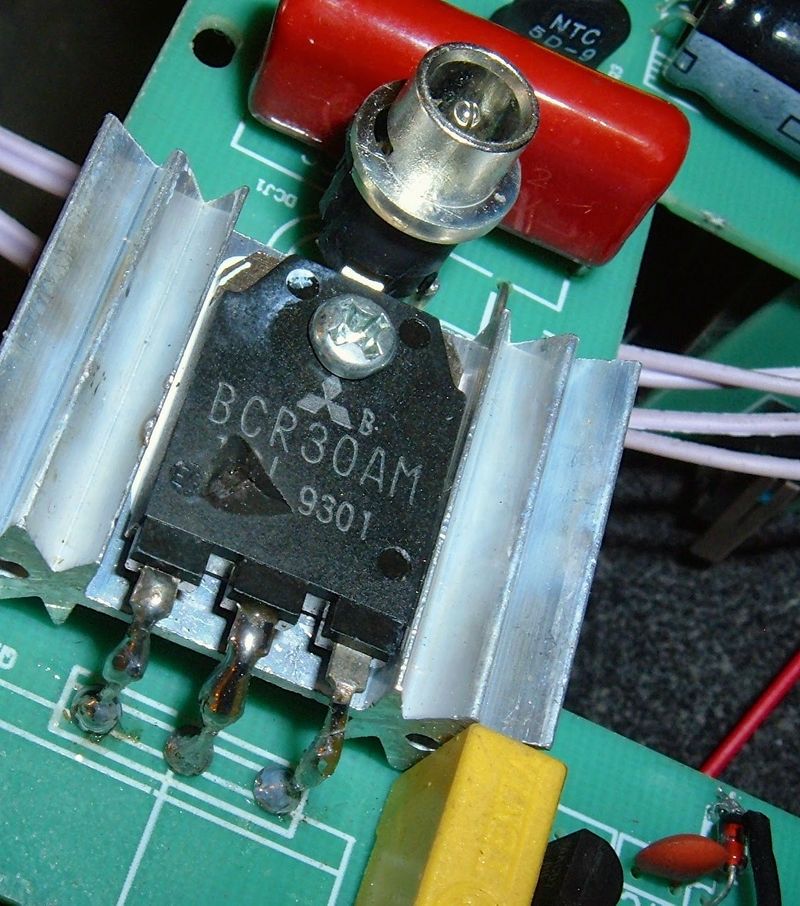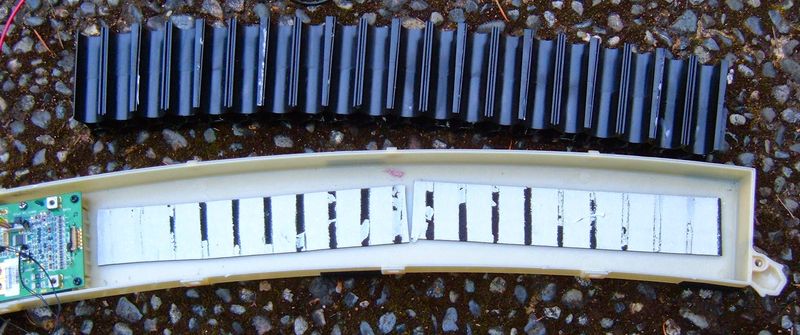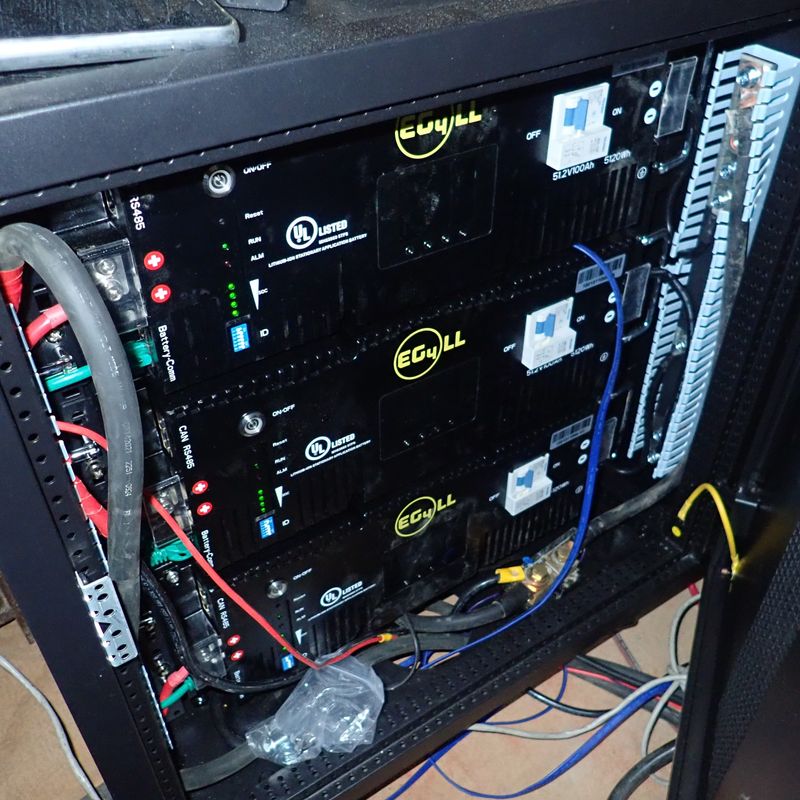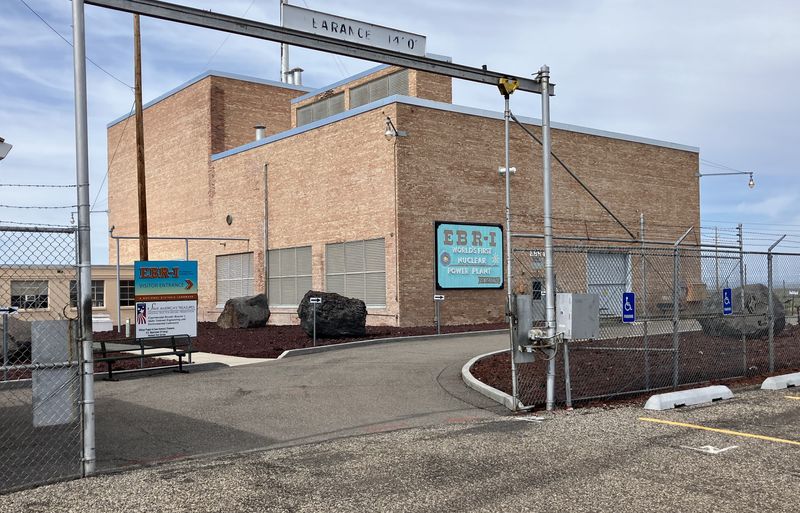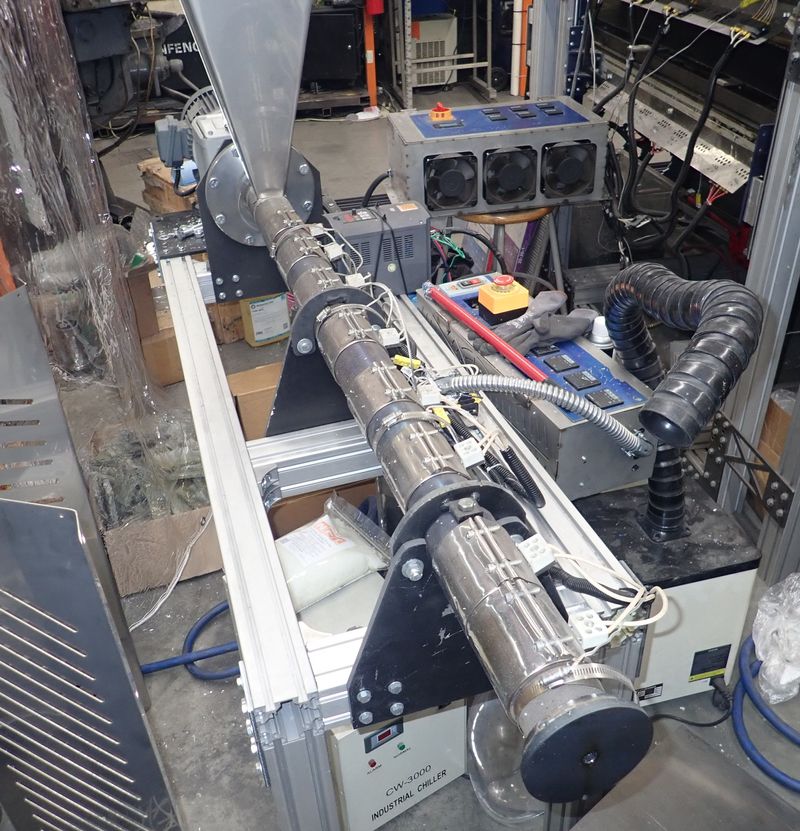After deciding to rebuild the battery pack for the 2011 iZip Ultra, I got the pack torn apart. After I knew what was in it (50 Samsung 18650s), I had to figure out what I needed to rebuild it. I’m starting from ground zero here - I’ve never rebuilt a battery pack before. Usefully for you, I had to do all the research myself to figure it out, so I can share some of that to help people who may find themselves in the same position.
If you find yourself interested, read on!
Batteries
Obviously, the biggest decision to make when rebuilding a battery pack is what battery to use! I was somewhat limited with my options here.
The existing pack was a 10S5P pack built of 2000mah Samsung ICR 18650 cells. Unless I wanted to do a radical amount of re-engineering, I was going to be building a pack out of 18650s, so I let that limit my search. Some people have suggested throwing together a quick pack out of Hobby LiPos, but I think they’re a terrible idea and may devote some future post to that. In any case, I had a pack form and BMS, and wanted to reuse them.
There exist many decisions to make regarding batteries, but the bulk of them were already made for me based on the fact that I’m rebuilding a pack.
Chemistry
There are an awful lot of lithium battery chemistries out there. They all have their advantages and disadvantages. Battery University has a wonderful page comparing various chemistries and their strengths/weaknesses.
However, I’m dealing with a pack built with ICR batteries, and a black box BMS. So, ICR it is. I don’t know how closely the BMS cares about the chemistry, but I know it’s built to work with the ICR chemistry, so I’ll stick with that. It’s not my favorite chemistry, but it works for this bike.
Physical Form Factor
This one is easy. Unless I want to re-engineer an entire pack (which I don’t), the existing pack is built from 18650 cells, so I’m going to use 18650 cells. One thing to be aware of is that despite 18650 referring to a certain size and length, there’s an awful lot of variance, especially in length. The geeks over at CandlePowerForums, however, measure them and make this information available. Most of the “big name” brands (Samsung, Panasonic, etc) are correct in their dimensions. As the pack came with Samsung cells, I may as well stay with Samsung.
Capacity
This gets fun and goes down the rabbit hole, fast…
A quick search for high capacity 18650s shows that there are plenty of companies offering 5000mah and 6000mah batteries for insanely cheap prices. Why would anyone pay more for a puny 3000mah cell when you can get twice that capacity for less than half the price?
Well, it turns out, there’s a very strong market for 18650 cells in ecigs (vaporizers). And, sadly, that group doesn’t tend to pay much attention to anything but battery marketing. ”Does it say a big number and is it cheap?” are the questions asked - regardless of what it actually is.
However, there exists a group of people who genuinely look forward to getting the latest impossible battery, testing it, and tearing it apart. This would be http://www.candlepowerforums.com/ - and there are some people who love this stuff! The user HKJ is one such person, and there are others.
Reviews of these super high capacity cheap batteries universally indicate they’re utter and complete crap. They’re lucky to provide 1000-1500mah, and they’re just junk. Some of them (most of them?) are actually used cells lovingly rewrapped with a shiny new wrapper (with a new set of ends tacked on).
The highest capacity “honest” cells out there right now seem to be 3200mah. Samsung has such a set. The disadvantage of them is that they operate at a fully charged voltage of 4.35v instead of 4.2v - which poses a problem for the BMS/charger setup I’m operating with. However, they’re still going to exceed the stock capacity, and in terms of longevity, “not being fully charged” when the charger stops is actually a good thing.
Cell Selection
After probably more debate than needed to happen, I decided to go with Samsung ICR18650-32A batteries. They’re 3200mah at 4.35v, and while they’re somewhat less at 4.2v, they still exceed the stock battery capacity, and by not charging them all the way, they’ll last longer.
Samsung makes good cells, they have an honest capacity, and they are the right length. As the pack is very tight, a longer-than-65mm cell won’t fit right, and may not even fit in the plastic enclosure.
So, Samsung cells it is.
Now to figure out how to join them…
Joining Cells
There are several ways to join cells together to form packs. There are cell holders (which won’t fit in the pack), soldering (which would work), and spot welding.
Soldering
Like pretty much anything else metal, batteries can be soldered together. A metal wire or strip is soldered to the top and bottom of the cells, and serves to conduct the electricity.
The problem comes with the temperatures involved in soldering directly onto cells. Lithium cells are very sensitive to temperature, and soldering packs together involves subjecting the cells to significantly elevated temperatures for long enough to melt solder. This is generally regarded as an unwise idea, at best - people do it, but getting cells too hot can lead to damage.
Welding
A better method to putting cells together (and what this pack was originally put together with, along with almost every other battery pack out there) is to spot weld the strips onto the batteries. This process involves a spot welder, which is typically a bank of capacitors or a transformer, either of which is designed to put an awful lot of current through two small electrodes that are pressed against some nickel strip and the battery. The current flows from the electrodes, through the nickel strip, into the end of the battery, and back to the other electrode, successfully melting and fusing the nickel to the battery, while not heating the battery up much (as the bulk of the resistance is at the joints, not in the battery terminal).
Terrifying though this sounds, it actually works quite well, and if you look at almost any commercial pack, this is how the batteries are joined - you can see the dots on the end of the battery where they’re welded to the strip.
This is definitely the way to go - a welder isn’t that expensive, and it will be useful going forward!
The only thing left to do is to find a spot welder.
Spot Welders
There are two types of spot welders on the market: Reasonably expensive, and very, very cheap. The expensive ones start around $2000 and go up from there. The cheap ones cost $200, shipped from China. You can spend slightly more for a bigger variant of the same if you have 220v available - but I don’t. As I only have one pack to build for now, a $200 welder it is.
I looked around, and all the cheap ones are Sunkko. Most of them are 220v, but there are some 110v versions available. I went with the 788+, which seems to be the most powerful of the 110 versions, and is capable of dealing with the 0.2mm plating I went with.
Nickel Strip
The individual 18650 cells are joined together with nickel strip. It’s available in a wide range of widths and thicknesses. For this pack, I used 0.2mm thick (same as what was on it), with 10mm wide main strips and 8mm wide crosses through the center cell. This is plenty for the sub-15A the pack provides at peak output.
I ordered a selection on eBay and used what seemed reasonable. I’ve got some other split-end tabs as well, but didn’t have a need to use them (and they didn’t really fit the pack in the spacers). It was a bit of a pain to use, but as I didn’t feel like getting custom strips machined for me to match the existing ones, I went with them.
This pretty much covers it for pack rebuilding! I’ve got soldering tools already.
Costs
The costs for the rebuild tools/parts:
50x Samsung ICR18650-32A batteries: $280
Sunkko 788+ Battery Spot Welder: $200
Assorted nickel strips: $70
Part 1: Battery Pack Teardown
Part 2: What do I rebuild with?
Part 3: The actual rebuild
Comments
Comments are handled on my Discourse forum - you'll need to create an account there to post comments.If you've found this post useful, insightful, or informative, why not support me on Ko-fi? And if you'd like to be notified of new posts (I post every two weeks), you can follow my blog via email! Of course, if you like RSS, I support that too.


